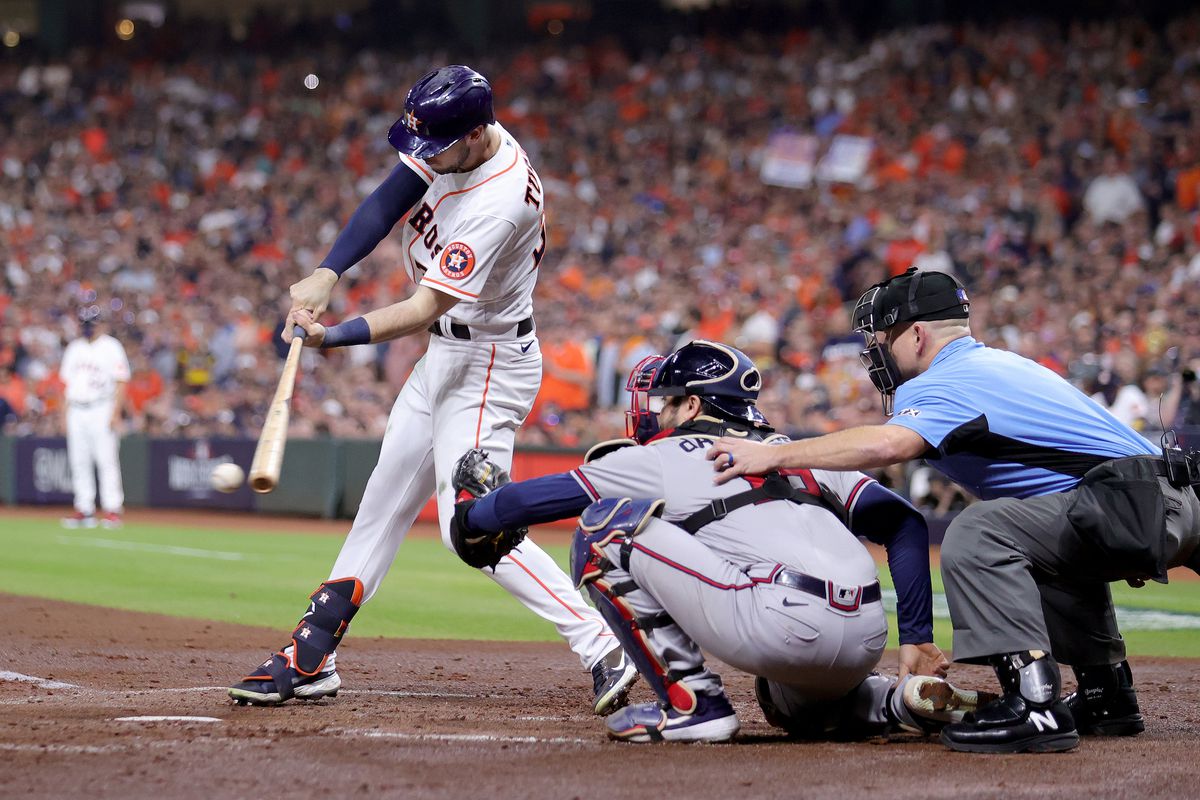
Astros HOF Index: What does a Kyle Tucker extension look like?
Some of you might know me. I’ve been floating around the internet for a couple of decades at least. Of course, that could be a good or bad thing depending on what you’ve heard. I write the “Value of things” series over at Battle Red Blog and I am bringing the same kind of thought process here to the Astros.
I have written four books about baseball in total, but the last two are the best ones. They are “The Hall of Fame Index” and “The Hall of Fame Index Part Two.” The general idea was to use a systematic process to evaluate players for the Hall of Fame. I will try to bring an Astrocentric look to that particular discussion in these parts.
/cdn.vox-cdn.com/uploads/chorus_image/image/73366662/usa_today_23344145.0.jpg)
Today, I am playing agent and looking at what an extension might look like for Kyle Tucker. We begin by finding as many comps among corner outfielders as we can. I found a total of eight players who have already signed deals and could be considered near the class of Tucker. As you will see, only a few of them are directly comparable to Tucker, but I’m playing agent so I’m not going to fight this battle fairly.
The HOF Index utilizes baseball-reference’s WAR and FanGraphs WAR, but I will not use WAR today. Instead, I am using four offensive statistics and four fielding statistics to compare Tucker. Before I start, I should note that Juan Soto would normally be a part of this group, but he hasn’t been paid yet.
/cdn.vox-cdn.com/uploads/chorus_image/image/73366662/usa_today_23344145.0.jpg)
The metrics we will use are all ones that play a part in WAR. We could jump off into a tutorial, but it isn’t necessary to know the ins about outs of each one. The important thing is to see how close Tucker is to the other players on this list. From there, we will take the aggregate salaries and years for the eight players and apply an inflationary multiplier to come up with an estimated contract. Remember, I am playing agent. You pay more the longer you wait.

/cdn.vox-cdn.com/uploads/chorus_image/image/70510872/1350946734.0.jpg)
Leave a Reply